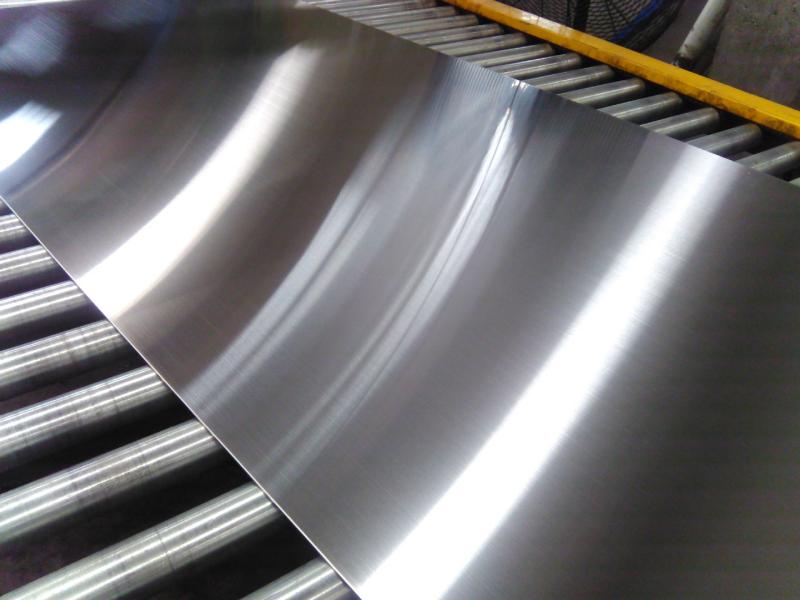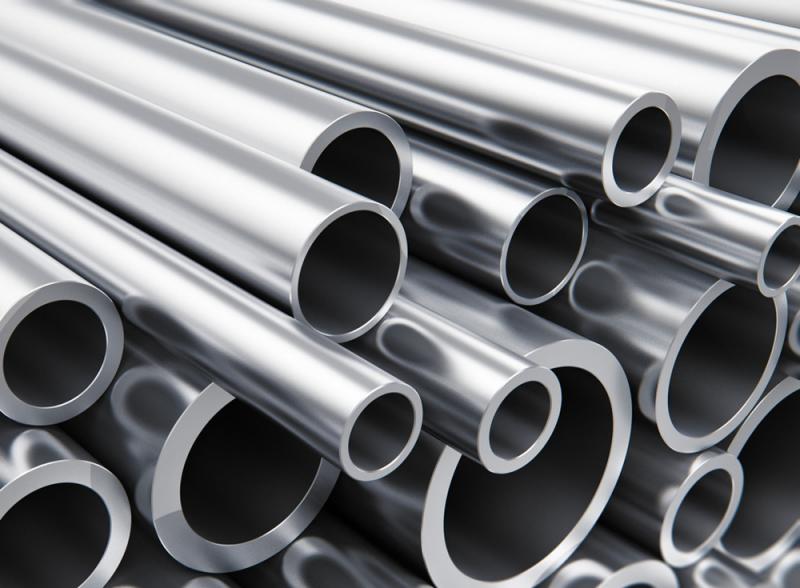
Stainless steel is a marvel of modern metallurgy, renowned for its durability, corrosion resistance, and sleek appearance. From kitchenware to skyscrapers, this material is indispensable across various industries. But what exactly makes it so unique?

What is stainless steel? It is a corrosion-resistant alloy. According to Wikipedia and "The History of Stainless Steel," stainless steel (also known as corrosion-resistant steel or rust-free steel) is an iron-based alloy containing at least 10.5% chromium. The primary function of chromium is to form a passive oxide layer on the surface of iron, with the main substance being Cr2O3 (chromium oxide). This oxide layer prevents the base iron from coming into contact with acids and alkalis, thereby reducing its corrosion and making it resistant to corrosion.
In addition, chromium can also transfer pure iron electrodes from the negative electrode to the positive electrode (carbon can be transferred from the positive electrode to the negative electrode). Due to technological limitations, the refined iron still contains a small amount of impurities. Therefore, when iron is exposed to water, the combination of iron and carbon accelerates the corrosion rate of iron, which is called electrochemical corrosion (using the principle of primary batteries). But after the combination of chromium and iron elements, the possibility of electrochemical corrosion is greatly reduced, thereby further improving the corrosion resistance. The name stainless steel comes from its corrosion resistance, but its performance goes far beyond that.

It is still a versatile and sturdy iron. In addition to its corrosion resistance, some elements such as molybdenum and nickel are also added to the combination of iron and chromium to make the material more tough, sturdy, and heat-resistant. Regarding molybdenum, due to its high melting point, it is added to iron to increase its heat resistance. Speaking of nickel, the combination of nickel and iron can form a special structure called austenite. This structure can enhance the ductility of metals, making them more robust. More importantly, due to the ability of people to forge steel on a large scale, the price of steel has significantly decreased. Compared to steel, stainless steel is just a raw material mixed with other metals, making it one of the cheapest alloys in the world. In summary, this alloy has become one of the strongest and most cost-effective alloys in human history, and has begun to be widely used in various aspects of life.

The multifunctionality of stainless steel:
In most people's perception, stainless steel is considered bulky, monotonous, and even lacking in aesthetics, so it is widely used in heavy industries such as automobile manufacturers, construction sites, and military fields, which do not place much emphasis on flexibility and aesthetics. However, it is true that this material has been widely used in these fields, with stainless steel metal plates and stainless steel plates being two commonly used materials in industry.
In fact, the uses of stainless steel are much more extensive than most people imagine, and it can also be used in the aerospace industry, where weight is the primary concern rather than price. For example, aerospace giants such as SpaceX use 3D printed stainless steel to manufacture lightweight, complex rocket components. The cornerstone rocket of Musk's Mars immigration program, StarShip, is made of this new material.
In addition, stainless steel can also be applied in fields such as construction. Some buildings use this material to depict a completely new visual aesthetic. In addition, when manufacturing certain products, such as motors, stainless steel is indispensable due to its special properties.

In summary, stainless steel has many more uses than initially imagined. In the future, this material may appear in more fields and continue to contribute to people's lives.
The Center Of Attention--Hongwang Black Ti Series
2023-07-10HWHG successfully signed the HuiShan project
2023-12-08Hongwang hot annealing& pickling line combine in line 3-stand tandem mill trial production succeed
2020-10-30Live streaming VR exhibition 5G technology
2020-09-10Silicon steel power, wisdom leads the future
2024-03-21Zhaoqing Hongwang was Approved to set up Guangdong Doctor Workstation
2020-09-10






